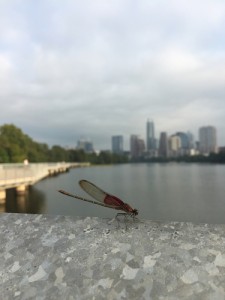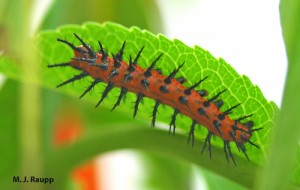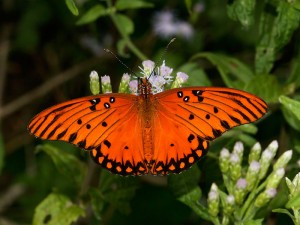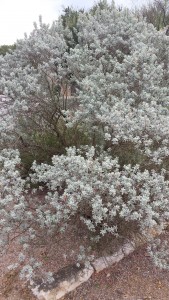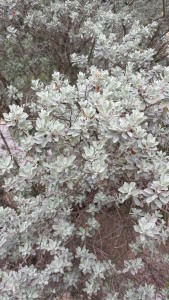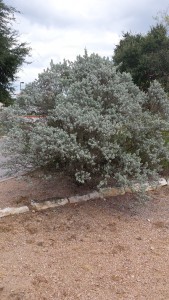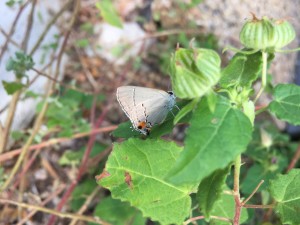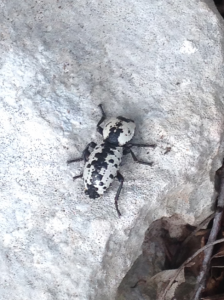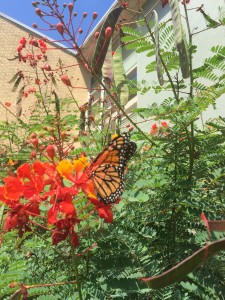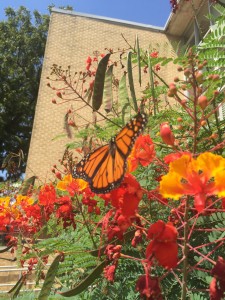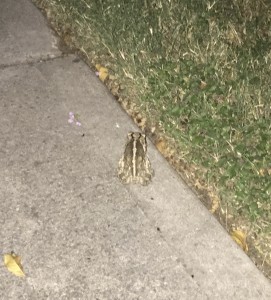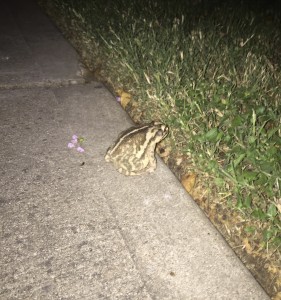I observed this American Rubyspot (Hetaerina americana) while on a run around town lake. There are often many interesting species to be seen around there, including this one. However, my usual observations include birds or turtles. When I do encounter insects, it is usually by running through a cloud of small insects and accidentally swallowing some. So this pleasantly roosted damselfly was a nice change of pace as far as insects go.
The American Rubyspot is common and can be found in most of the lower 48 states in the US. It’s range also extends to Mexico and Canada. This species is primarily a stream species, but has also been found to return to still water habitats after maturing.
My observation on iNaturalist can be found here.
Sources: http://www.inaturalist.org/taxa/51761-Hetaerina-americana; http://www.odonatacentral.org/index.php/FieldGuideAction.get/id/42272
